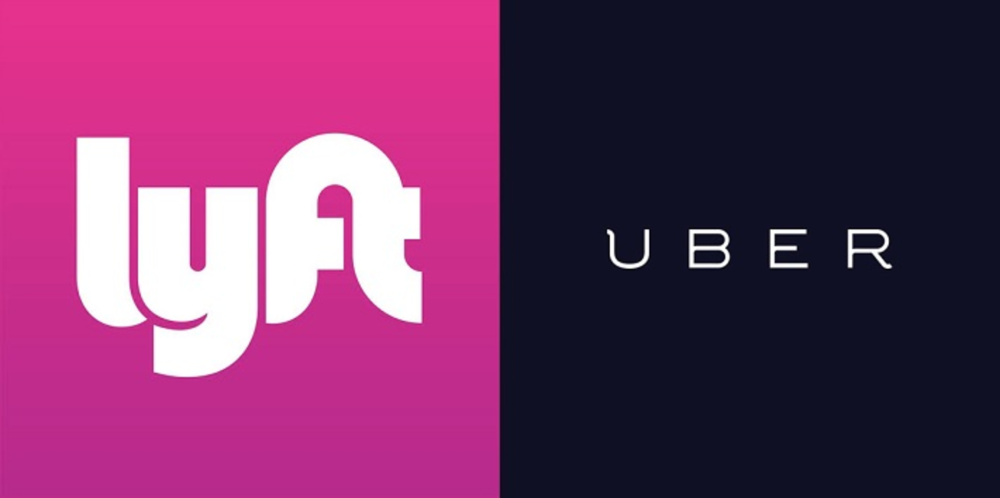Last Thursday, my coworker and I needed to catch a cab in New York.
The problem was that it’s practically impossible to catch one of those iconic yellow cabs during the bustling evening in the heart of Times Square, which is exactly where we were trying to hail a cab. So I decided to pull out my iPhone and use my apps to catch a cab for both of us. The two apps that I have on my phone are Uber and Lyft.
While the two of us were putting in our information to take each of us home, we realized a few things. One: Neither one of us had a preference—or any loyalty—to either brand. Two: When the drivers from Uber and Lyft called my phone to update us on their statuses, neither identified themselves with the company that each works for. So I had to ask, “Is this Uber or Lyft?” And when each car pulled up to the curb in front of the venue where we were waiting, only one—Uber—had an identifier of the company on the vehicle. So when the Lyft car pulled up first, I had to ask which company he worked for—again.
My point: I feel both companies need to do a better job in marketing the distinct differences in their services, missions, and customer benefits. And from this experience, I have a few suggestions on brand marketing.
1) Work to boost customer affinity and brand loyalty. Remember that everyone has many options at the tips of their fingers. Consumers today don’t necessarily need to maintain loyalty to any brand when so many options are available. If they’re the least bit dissatisfied with their customer or simply are looking to try something, they won’t hesitate to turn to another brand. So building loyalty, advocacy, and affinity should be a high priority for every marketing team.
2) Define your brand. The Uber and Lyft drivers should answer the phone and identify themselves to customers with company names each time that they begin a conversation. Both Lyft and Uber have glow-in-the-dark symbols, which are supposed to be on display so that customers and even bystanders can easily recognize those brands. Part of defining a brand is to be consistent, which both of the cab services were missing.
3) Rev up your internal staff. One truth so often gets overlooked: Your employees make some of the best brand advocates. More times than I care to share, a Lyft driver tells me—while on my way to a destination—that he’s also an Uber driver and vice versa. The employees, many times, don’t feel a sense of loyalty to either company and as such don’t advocate a particular brand to customers. Have a mission that your employees can believe in. Distinguish the company from all competitors. Those who work for you will be the best advocates, better than money ever could buy.








